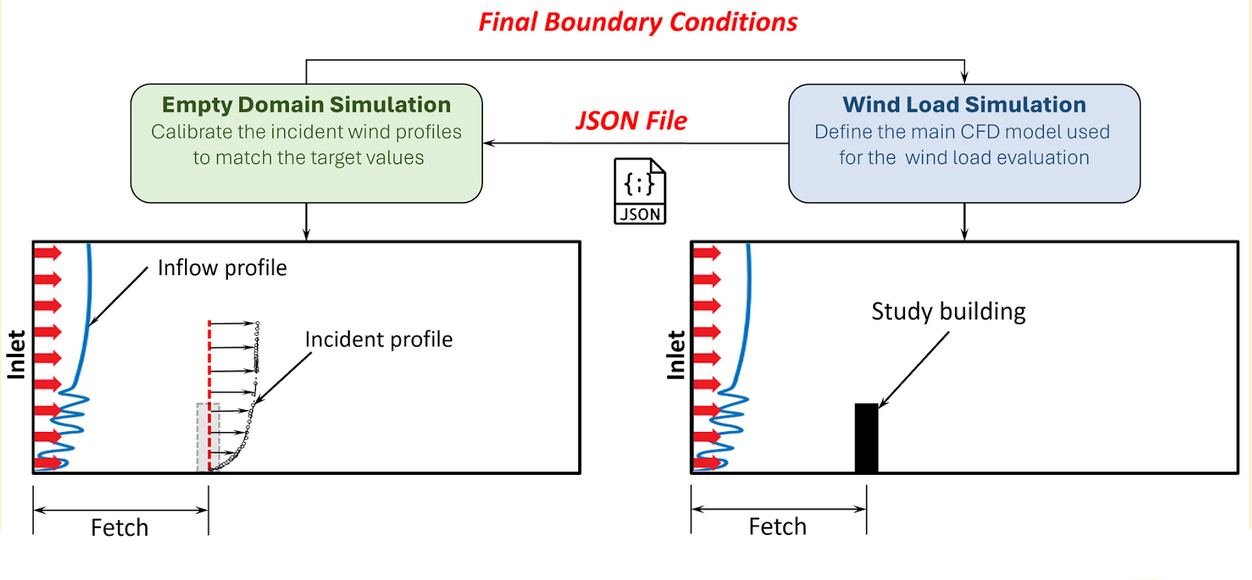The WE-UQ Application provides researchers a tool to assess the response of a building subjected to wind loading. New capabilities of the open-source software allow computing components and cladding loads and area-averaged peak loads.
These applications address basic and advanced modeling, analysis and simulation needs across an array of Natural Hazards. They incorporate uncertainty quantification (UQ) and optimization concepts. Downloadable apps, user manuals, user feedback, and relevant resources are available on the linked resource pages.
The SimCenter Teaching Gallery provides teaching modules on a variety of engineering topics for use in course curriculums. Included in each module are: learning objectives, links to applicable SimCenter Research Tools, class materials (lecture slides, videos, homework assignments, and guides for instructors) as well as contact information for questions. The image below is from the course module "Computational Wind Engineering Educational Module."

Validation of Parcel-Level Hurricane Loss Assessments
Have questions? Our staff is here to help — book your office hour now.
UC Berkeley, May 28–29, 2026
Abstracts due Dec 19, 2025
Italy, July 1–3, 2026
SimCenter has just published an article in the journal Frontiers in the Built Environment, Earthquake Engineering, entitled “An open-source simulation platform to support and foster research collaboration in natural hazards engineering.”
The NHERI SPARC program, co-hosted by the NHERI SimCenter and DesignSafe, was held in person on July 16-18, 2025, at the Texas Advanced Computing Center (TACC) located at the University of Texas at Austin.
The NHERI SimCenter is thrilled to host three REU students on site and co-mentor two REU students located at the NHERI RAPID facility.